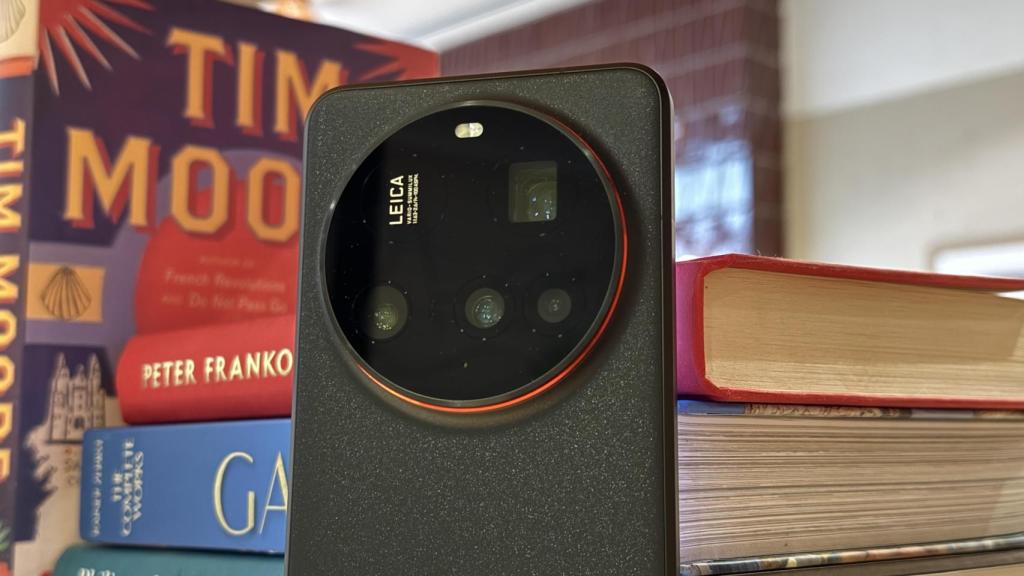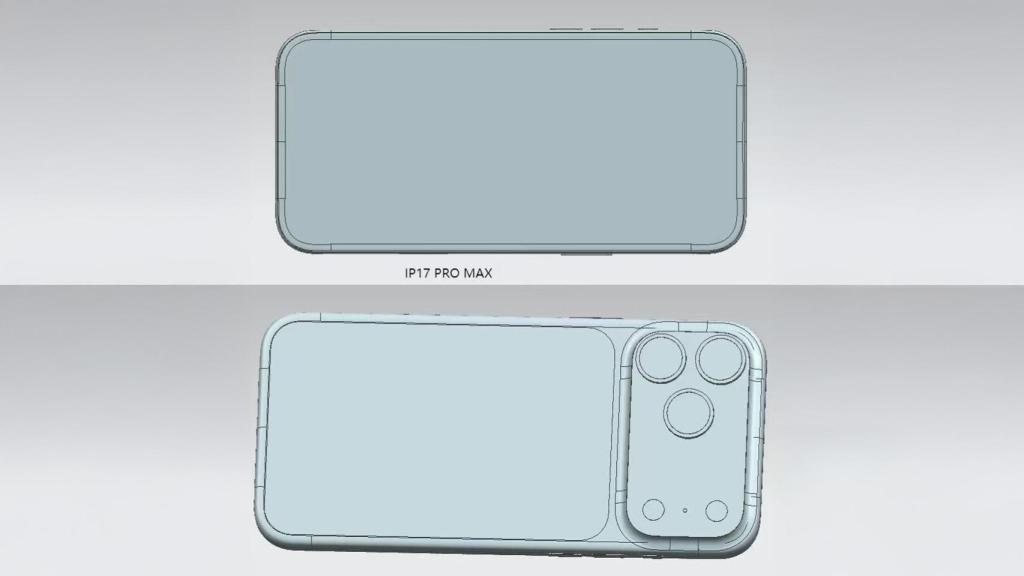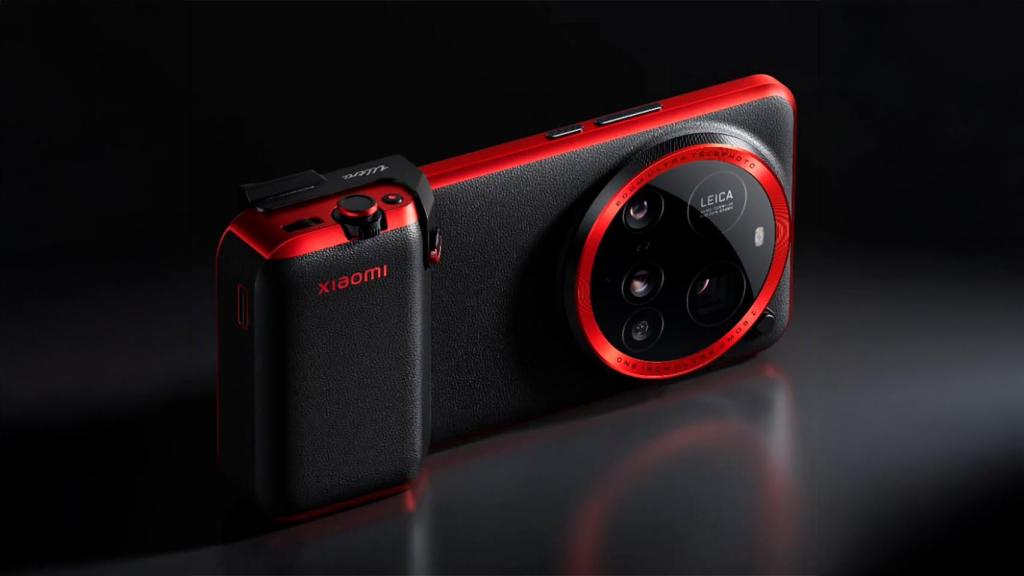There are many elements and devices that have been eliminated from our daily life Because of the smartphones. They are tens without having to look for a search, but one of them is undoubtedly the most relevant. We refer to Photo camerasthat have been relegated either to a niche of very fond users not only to photography but to what Vintageor professionals.
As the photographic capabilities of the phones have been improving and expanding, Users have set aside devices that served exclusively to take photos. In fact, it is not uncommon to see professionals who use the cameras of their mobiles to take references from certain parts of their work.
Unspash
But this improvement of lenses and sensors has a physical limitationReal, which makes us not expect that the Hardware capabilities of smartphones reach those of the cameras, at least in the short or medium term. The size is the limiting factor of the great leap forward of the cameras in the mobiles.
Thicker phones
A new career is currently being given for thinness in mobile phones. Both Samsung and Apple are working In models that barely exceed 5 mm thick. While in the past we have seen even more fine mobiles, with just over 4 mm, the reality is that the need for more battery and more space for higher components have caused current mobiles not to stand out for their fineness.
And in part this is the fault of the camerasbecause a certain physical space is needed to put not only the increasing number of sensors, but also a certain thickness so that they have space to be able to make the lenses and sensors distance enough.

Xiaomi 15 Ultra
The free android
In photography, that physical distance between the lens and the sensor is key to achieving some of the most important functions in the same. And in a mobile it is complicated by the little margin that is. That is why the periscopic zoom sensors were invented, which made that distance that should get into the thickness could turn and get into the wide, much greater in any smartphone.
Camera module
The solution for which most brands are betting is to do A mobile with two thicknesses: one for the terminal itself and another for the outgoing of the camera. It is not radically new, but the dimensions to which they are coming. This is because every time you can make faster and dense batteries that occupy less space but we need more thickness for the cameras.

Vivo X200 Ultra prototype
The free android
So, in recent years we have seen how Many brands, especially Chinese, are creating devices with a huge rear moduleespecially in their high -end models, which are the ones that include best cameras. This is going to be promoted in the future, with models like the living x200 ultra.
This will make the photographic capabilities of this model not only at the height of the best of the moment, but possibly above. Not because of the thickness, but for what that implies for the pieces that can be used in your image system.

Camera sensor next to a mobile
The free android
The problem is that This great camera module makes usability not as good as it shouldand the same goes for ergonomics. We have already tried some mobile phones that have print cameras, but that need us to clean the module almost every time we take a photo because in daily use it is very normal to pass the finger in front of them involuntarily and dirty it. In addition, having a very unbalanced weight we have to be careful that the mobile does not fall hand in an unexpected turn.
Does Apple change their minds?
Samsung and Apple for now have not joined the trendand have been two of the brands that have most wanted to contain this change. Their mobiles have slight bumps in the rear, but we have not seen any model with an especially outstanding module, at least on the physical level.

CAD model of an alleged iPhone 17 Pro.
Omicrono
However, the latest rumors speak of a design change for iPhone 17 which could include a kind of camera module that will slightly increase the thickness. This would cause larger sensors, and systems that occupy more size.
HE speculate with which Samsung did not want to change the S25 ultra cameras with respect to those of the Ultra S24 largely for this reason. I had better sensors but He didn’t want his mobile to have to house an excessively large camera module. However, this could change in the future if space limitations make competition win.
External modules
A possible solution to this, although it does not seem that it will be something massively adopted, is use external accessories, Like those who have shown Xiaomi and Realme in the MWC, for example. In this way, you outsource thickness and offer only users who really want to squeeze the photographic component in aspects such as zoom.
However, that adds other inconveniences, such as weight gainthe change in ergonomics and, above all, the have to carry a separate accessorywith its case or bag, making the simplicity of the use of the smartphone be lost. And going up the price, of course.

Xiaomi Modular Optical System
Omicrono
To this trend it seems that it is also going to add alive with his living x200 ultraan even more powerful bet for the photograph than the one he has made with the living X200 Pro. It seems, the company would take out An external zoom module capable of giving scope of 8.7 increases to your main camera.
For now this approach is almost experimental that Chinese companies are carrying out. Neither Google, Neither Samsung nor Apple seem interested in itbut these tests that seem extravagant can give advantage to Chinese companies.

In fact, for now both Apple and Samsung are selling well and do not seem worried about that, although some brands are already demonstrating that their photographic abilities are, at least, at the height of these two giants. Another issue is that the war of the future in the photographic section goes there and not because of artificial intelligence.



